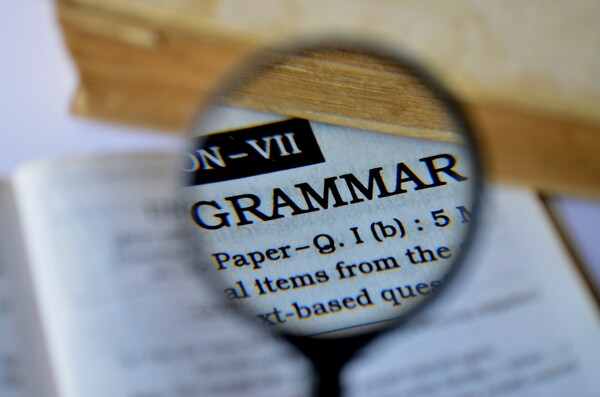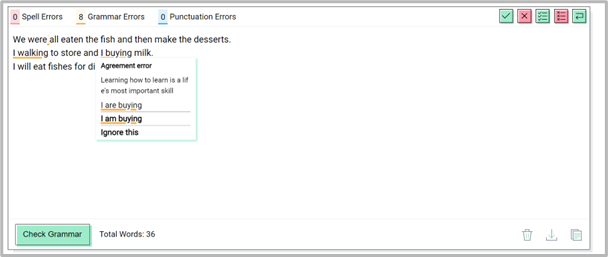Mathematics and Creativity: Fostering Innovative Thinking in School Curricula
Mathematics and Creativity. They operate in two different worlds, right? Or are we missing out on something dynamic where these distinct threads more intertwined than we think? Is it possible they are a powerful fusion a logic and imagination? Are they potentially a modern merging of precision and ingenuity?
Here are explore an idea that the intersection of mathematics and creativity in school curricula is more than just a harmonious blend. Together, they can be a catalyst for innovative thinking and problem-solving skills.
By integrating creative approaches within the framework of mathematics in education, schools can nurture young minds to explore, question, and innovate. In tern, students are empowered to transcend conventional boundaries of numerical calculations.
Join us as we explore the symbiotic relationship between mathematics and creativity. On our journey we’ll also highlight the strategies and benefits of incorporating critical reasoning into school math curricula.
Shifting Paradigms: Mathematics Beyond Numbers
Traditionally, mathematics has been taught as a set of rules, formulas, and algorithms to be learned, memorized, and applied. The modern approach, however, recognizes mathematics as a dynamic, creative endeavor that involves exploration and discovery. Schools are increasingly emphasizing problem-solving, critical thinking, and creativity within math classrooms.
Creative math tasks challenge students to devise unconventional solutions. They encourage them to think beyond the obvious and explore diverse pathways. By integrating creativity into mathematical challenges, students are inspired to view math as an art of possibilities. This can greatly enhance their enthusiasm for the subject.
In this educational landscape, the Math Problem Solver app emerges as a valuable helper, complementing the modern approach by empowering students to explore creative strategies that lead to positive outcomes. It also provides them with instant assistance and reinforces the idea that mathematics is not just a subject of rules, but a realm of boundless creative exploration in the quest to find answers.
Visualizing Mathematical Concepts: The Artistry of Numbers
Visualization is a powerful tool that bridges mathematics and creativity. Geometric shapes, patterns, and graphs offer a canvas for artistic expression within the realm of mathematics. Visual representations not only enhance understanding but also stimulate creative thinking.
Schools can introduce activities where students create visual representations of mathematical concepts. This transforms abstract ideas into tangible artworks. It’s an approach not only nurtures creativity but also heightens interest while deepenings a students’ comprehension of mathematical relationships.
Virtualization of ridged calculations offers students an intellectually stimulating experience that engages the mind.
Problem-Based Learning: Nurturing Inquisitive Minds
Problem-based learning (PBL) is a pedagogical approach that places students at the center of their learning experience. By presenting real-world problems or open-ended mathematical challenges, PBL encourages students to explore, analyze, and devise solutions collaboratively.
These problems often lack a straightforward answer, prompting students to apply creativity, critical thinking, and teamwork to unravel them.
Through PBL, schools foster a culture of inquiry, where students learn to question assumptions. This gives them permission to consider multiple perspectives and devise pioneering strategies. It’s a skill set that is much needed for future leaders.
Incorporating Creative Technologies: Interactive Learning Experiences
In an educational environment where many students struggle to understand math, creative technologies offer a plethora of interactive learning experiences that merge mathematics and creativity seamlessly. Educational apps, simulations, and virtual reality platforms enable students to engage with mathematical concepts in creative ways. It immerses students in an exciting new way of learning.
Schools can integrate these technologies into their curricula, allowing students to:
Explore mathematical phenomena in virtual environments.
Visualize complex equations.
Experiment with mathematical principles interactively.
By gamifying math education, these technologies transform learning into a dynamic, playful experience, sparking curiosity and encouraging creative resolutions.
Cultivating Mathematical Creativity: Encouraging Diverse Approaches
Creativity in mathematics goes beyond finding advanced solutions. It also encompasses diverse approaches to problem-solving. Schools can celebrate different thinking styles and mathematical perspectives, encouraging students to explore unconventional methods.
Creative brainstorming sessions give students a space to share and discuss their unique approaches to solving math problems. This creates a vibrant learning environment.
By acknowledging and appreciating diverse strategies, schools foster a sense of inclusivity. It empowers students to embrace their individual creative voices in the realm of mathematics.
The Practical Benefits: Creative Problem-Solving in the Real World
Beyond the confines of classrooms, the marriage between mathematics and creativity equips students with invaluable skills for the real world. Inventive ideas and creative problem-solving are fundamental attributes in various professional fields, from engineering and technology to entrepreneurship and scientific research.
By nurturing these skills within math education, schools prepare students to tackle real-world challenges with confidence and ingenuity.
Creative problem-solving becomes a transferable skill. Individuals will learn to devise imaginative solutions to complex, multifaceted problems in their future careers.
Conclusion: Nurturing the Innovators of Tomorrow
In the 21st century, innovation is the heartbeat of progress. Therefore, mathematics education must evolve to nurture future thinkers, and problem solvers. By embracing creativity within the math curriculum, schools provide students with more than fundamental numerical proficiency.
Students cultivate resilient, inquisitive minds capable of envisioning, questioning, and inventing. Mathematics and creativity, once perceived as distinct entities, now stand united. Together, they guide students on a transformative journey where inspiration and logic harmonize.
As schools embrace this symbiotic relationship, they pave the way for future generations. Creating a world where mathematical prowess is not bound by rules but propelled by creativity—an unstoppable force driving learning toward new horizons of discovery and possibility.














